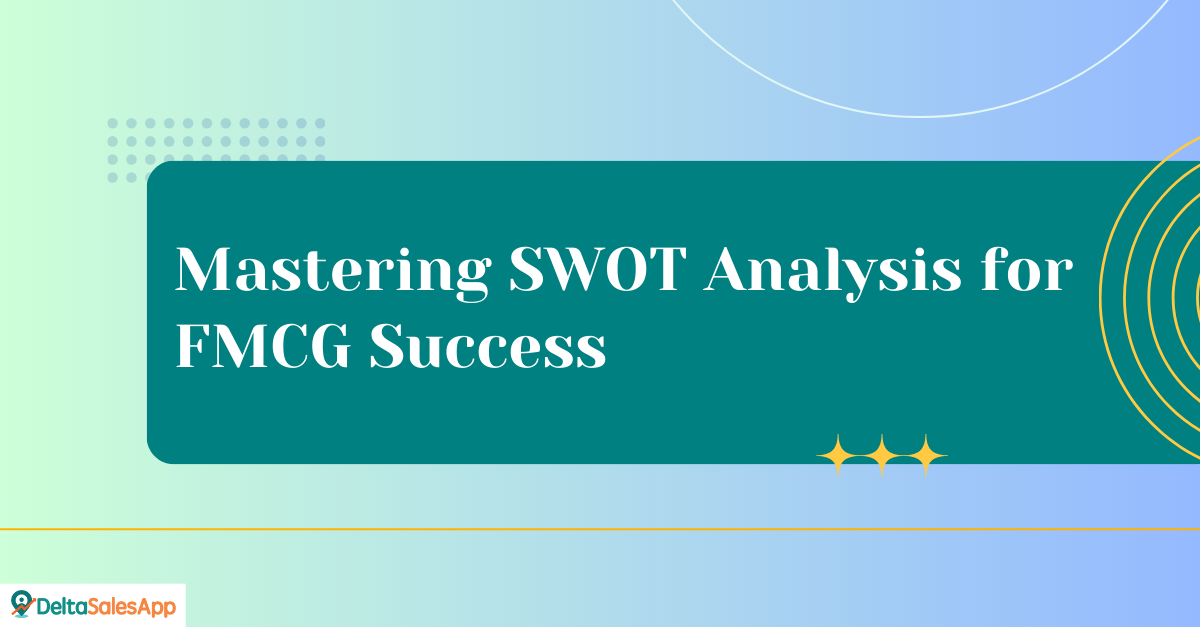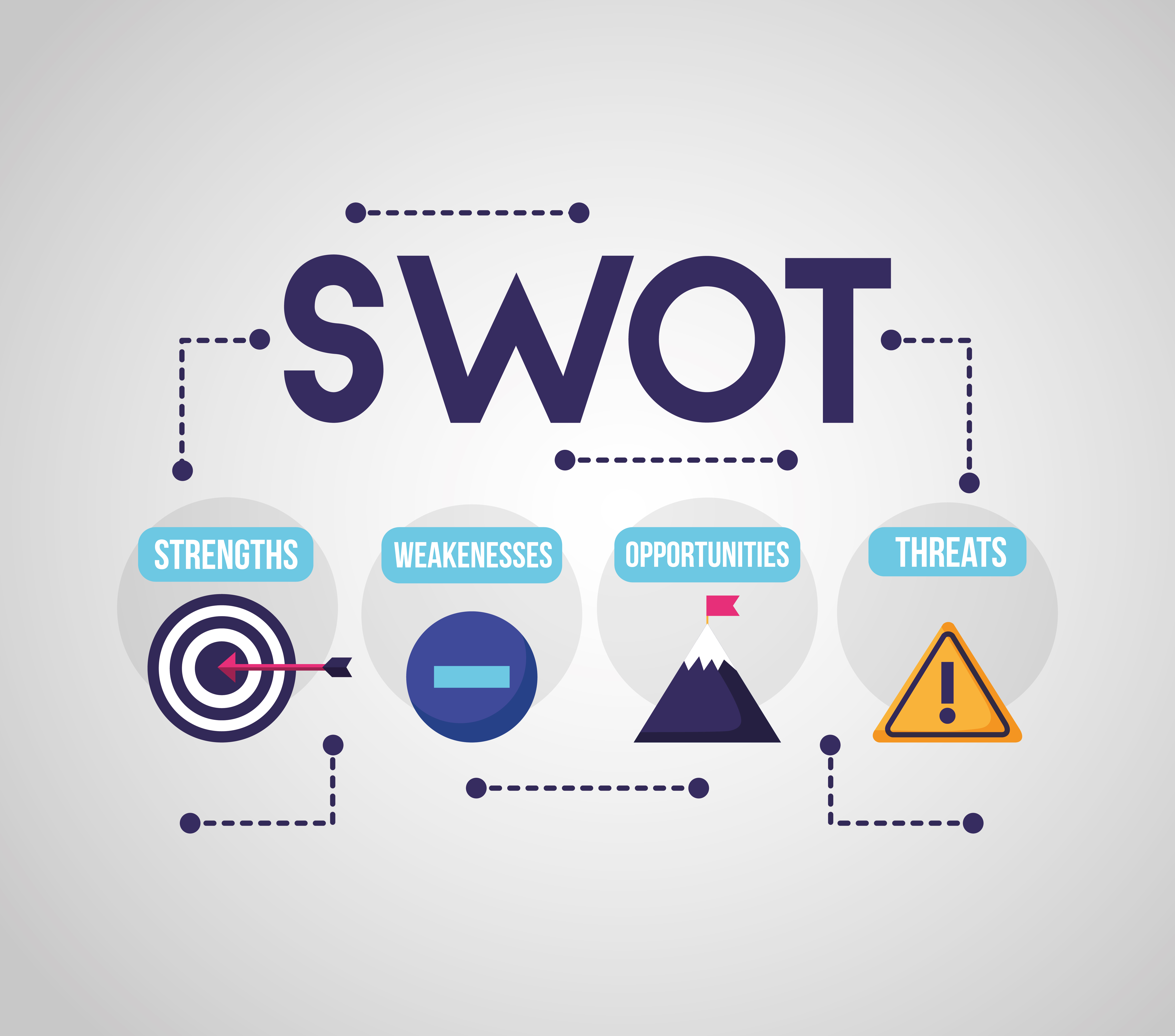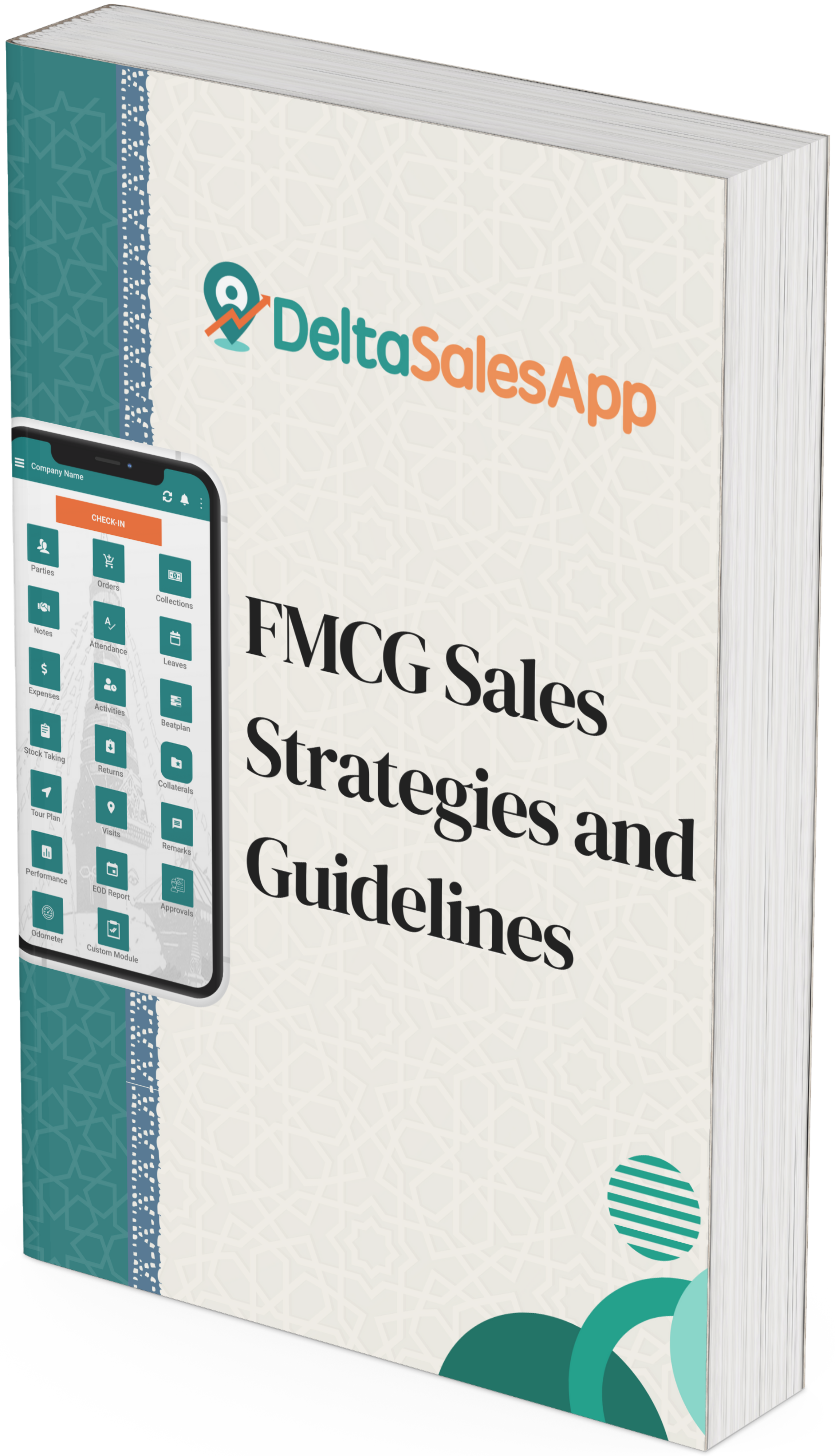Mastering SWOT Analysis for FMCG Success

Welcome to today’s discussion on an essential tool for every FMCG professional – the SWOT analysis. If you’ve ever participated in training programs for Regional Sales Managers (RSM) or other senior-level positions, you know how important this analysis can be. It is not just a one-time exercise but an ongoing strategy that drives both short-term and long-term goals for your company. In this blog post, we’ll dive deep into the SWOT analysis framework, explain how to apply it to your FMCG business, and give you practical tips on how to leverage it for growth.
What is SWOT Analysis?
SWOT stands for Strengths, Weaknesses, Opportunities, and Threats. This tool helps organizations assess their current position in the market, enabling them to make informed decisions that can boost their growth and sustainability. The best part? It is simple, yet incredibly powerful.
In the world of FMCG (Fast-Moving Consumer Goods), SWOT analysis provides a clear snapshot of your organization’s internal and external environment. By evaluating these four components, you can align your strategy with your company’s goals, market demands, and competitive pressures.
1. Strengths: What Sets You Apart?
Strengths are the internal factors that give your company an edge over the competition. These could be anything from your strong brand presence to your seasoned team or the innovative technology you employ. Understanding your strengths allows you to capitalize on them and further strengthen your market position.
Here are some examples of strengths in FMCG:
- Established Brand Name: If your brand is well-known and trusted in the market, it’s a significant strength.
- Experienced Team: Having a loyal, experienced team that understands the ins and outs of the industry can be invaluable.
- Technology Integration: Implementing advanced technologies such as Sales Automation, ERP systems, or CRM tools can streamline operations and improve efficiency.
- Loyal Channel Partners: Strong, long-term relationships with distributors and retailers can help ensure smooth product movement and steady demand.
2. Weaknesses: Identifying and Addressing Gaps
Every business has weaknesses, and acknowledging them is the first step towards improvement. Weaknesses are internal factors that hinder your growth and may prevent you from capitalizing on opportunities or handling threats effectively.
Examples of weaknesses in the FMCG sector include:
- Lack of Processes: While having the latest technologies is great, without efficient processes to support them, you may face operational inefficiencies.
- High Stock Damages: If your stock isn’t managed well or expires before it’s sold, it could lead to loss of sales and unhappy distributors.
- Low Outlet Visibility: Your product might not be getting enough shelf space or attention at retail outlets, affecting its sales potential.
- Retailer Objections Handling: If your sales team cannot effectively handle objections from retailers, it could prevent you from securing new orders.
3. Opportunities: Unlocking Potential for Growth
Opportunities are external factors that can help your company expand its market share, improve profitability, or gain a competitive edge. Identifying these opportunities can give you a clear direction for future growth.
Some potential opportunities in the FMCG sector are:
- Exploring New Markets: Expanding into rural or untapped urban areas can open up new revenue streams.
- Emerging Categories: Categories such as Ready-to-Eat or Ready-to-Cook foods are experiencing rapid growth. Capitalizing on these categories can lead to significant growth.
- New Sales Channels: If your company is currently focused on General Trade, considering entry into Modern Trade or e-commerce could broaden your customer base.
- Company Support Programs: Leveraging company incentives like trade schemes, consumer offers, and sales team incentives can boost your sales.
4. Threats: Navigating External Challenges
Threats are external factors that pose risks to your business, either through competition or changes in the market environment. Identifying threats helps you prepare for and mitigate potential risks.
Some of the common threats faced by FMCG businesses include:
- Competitor Activity: Competitors may launch aggressive promotional campaigns, new products, or improve their sales strategies, which could reduce your market share.
- Economic Factors: Economic downturns, inflation, or recession can affect consumer spending, especially on premium products.
- Changes in Consumer Behavior: The rise of online platforms such as Amazon or changes in weather patterns (affecting demand for certain products) can alter consumer behavior, posing risks to traditional sales channels.
- Environmental Changes: Climatic factors such as unseasonal rains or droughts in rural areas can impact consumer purchasing power, reducing demand for FMCG products.

How to Use SWOT Analysis Effectively?
Now that we have a clearer understanding of the components of SWOT, let’s explore how to use this analysis for practical decision-making:
1. Assess Regularly
It’s crucial to revisit your SWOT analysis at least once a year, especially in a dynamic industry like FMCG. Market conditions, consumer preferences, and competition are constantly evolving, and so should your strategies.
2. Leverage Strengths
Once you've identified your strengths, ensure you’re making the most of them. For example, if you have a well-established brand, use it in your marketing campaigns to build more consumer trust and loyalty.
3. Tackle Weaknesses
Use the insights from your weakness analysis to implement improvements. This could involve better process optimization, enhancing stock management, or investing in training for your sales team.
4. Seize Opportunities
Keep an eye on emerging trends and new market opportunities. Whether it’s entering a new geographic market, exploring new sales channels, or tapping into a high-growth product category, staying ahead of the curve will help you maintain a competitive edge.
5. Mitigate Threats
Finally, understanding potential threats allows you to plan proactively. This could mean adjusting your pricing strategy in response to inflation, launching a new product in response to competitor activity, or enhancing your online presence to compete with e-commerce platforms.
Conclusion: Making SWOT a Key Part of Your FMCG Strategy
In conclusion, SWOT analysis is an essential tool that can guide your strategic decisions and help you grow your FMCG business. By understanding your strengths, weaknesses, opportunities, and threats, you can make better decisions, optimize operations, and stay ahead of the competition.
So, whether you’re managing a small FMCG brand or working with a larger organization, make sure you’re regularly performing SWOT analysis.With the right insights, help you to position your business for long-term success.









